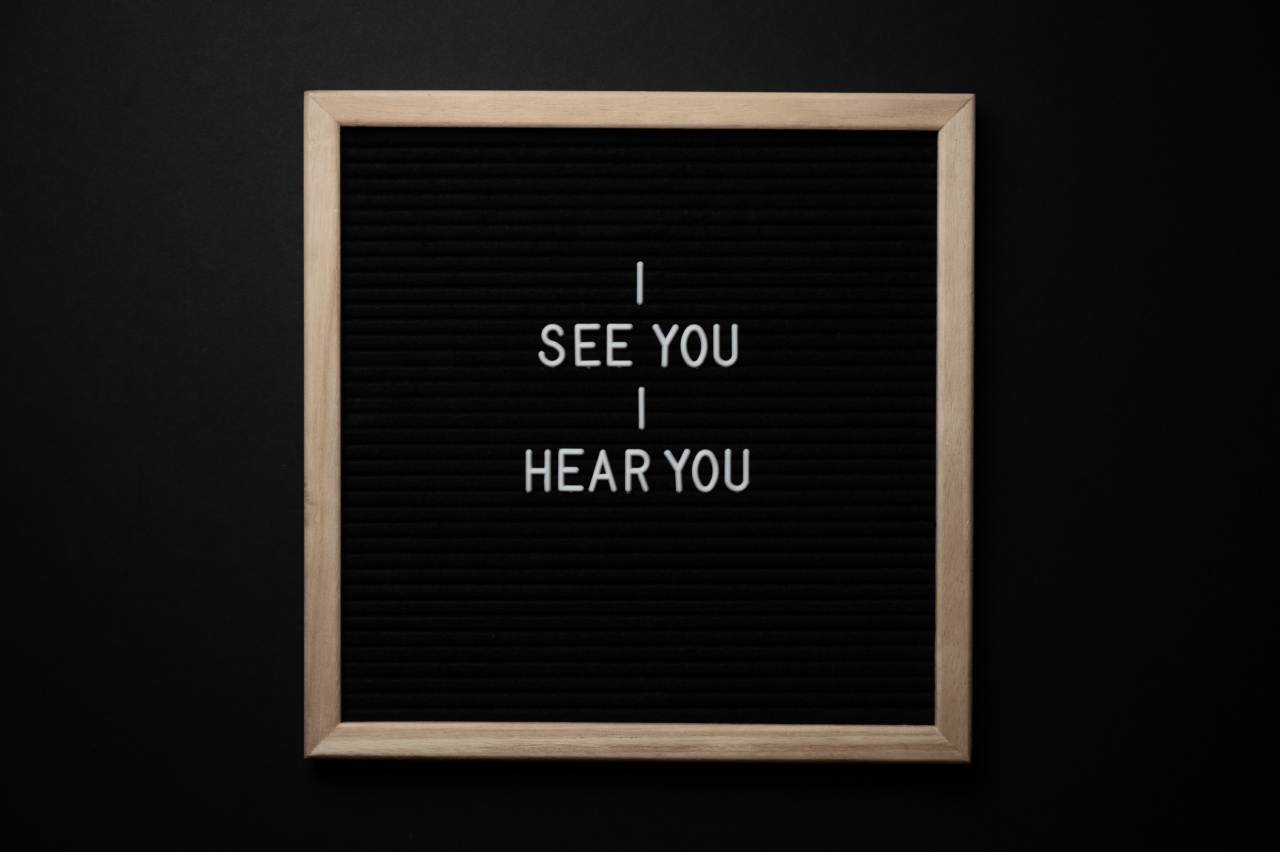Our ability to form and maintain social bonds is one of the defining features of human existence. From family and friends to romantic partners and communities, social connections are essential to our health and wellbeing.
But how do we navigate the complex world of social relationships? The answer may lie in two hormones: oxytocin and vasopressin.
What are oxytocin and vasopressin?
Oxytocin and vasopressin are two hormones that are primarily produced in the hypothalamus and released by the pituitary gland.
While they are often referred to as “the love hormones,” they actually play a much wider role in regulating a variety of physiological and behavioral processes.
Oxytocin is perhaps best known for its role in childbirth and lactation. It stimulates contractions during labor and helps to promote milk letdown during breastfeeding. But oxytocin also plays a role in social bonding.
Studies have shown that increased levels of oxytocin can lead to more trust, generosity, and emotional empathy towards others.
Vasopressin, on the other hand, is often associated with aggression and territorial behavior in animals. But in humans, it has been shown to be involved in a variety of social behaviors, including pair bonding and paternal care.
Like oxytocin, vasopressin has been linked to increased levels of trust and social bonding.
How do oxytocin and vasopressin affect social behavior?
Oxytocin and vasopressin have been found to have a variety of effects on social behavior. Here are just a few examples:.
Trust and generosity
Studies have found that when people are given oxytocin or vasopressin, they are more likely to trust others and be more generous.
For example, one study found that participants who received oxytocin were more likely to give money to a stranger than those who received a placebo. This effect was particularly pronounced when the other person was perceived as being part of the same social in-group.
Empathy and emotional processing
Oxytocin has been found to increase emotional empathy in a variety of contexts.
For example, research has shown that people who played a trust game and received oxytocin were better at accurately identifying other people’s emotional states based on their facial expressions. Oxytocin has also been shown to increase activity in brain regions involved in emotional processing, such as the amygdala and insula.
Pair bonding and attachment
Both oxytocin and vasopressin have been linked to the formation of pair bonds, particularly in monogamous species. In humans, studies have found that both hormones are involved in romantic attachment and attachment to infants.
For example, one study found that men who had higher levels of vasopressin were more likely to be in committed relationships and to report greater satisfaction with their relationships.
Aggression and territorial behavior
While oxytocin and vasopressin are often associated with positive social behaviors, they can also have negative effects. Vasopressin, in particular, has been linked to aggression and territorial behavior in animals.
In humans, high levels of vasopressin have been linked to increased jealousy in romantic relationships.
How do individual differences in oxytocin and vasopressin affect social behavior?
While oxytocin and vasopressin have similar effects on social behavior at a general level, individual differences in hormone levels can lead to variation in behavior. For example:.
Gender differences
Men and women tend to have different levels of oxytocin and vasopressin, and these differences can affect social behavior.
For example, one study found that men who received oxytocin were more likely to cooperate in a trust game, while women who received oxytocin showed no effect. Women, on the other hand, may be more sensitive to vasopressin, which has been linked to maternal behavior and pair bonding.
Attachment style
Individual differences in attachment style – the way people form and maintain close relationships – have been linked to differences in hormone levels.
For example, people with a more anxious attachment style tend to have lower levels of oxytocin, while people with a more avoidant attachment style tend to have higher levels of vasopressin. These differences may contribute to the way people approach and navigate social relationships.
Stress and social support
Hormone levels can also be affected by the social environment. For example, studies have found that exposure to stress can lower levels of oxytocin and increase levels of vasopressin.
On the other hand, social support and positive social interactions can boost oxytocin levels and lead to more beneficial social behavior.
Conclusion
Oxytocin and vasopressin are two hormones that play a complex and important role in shaping our social bonds.
While they are often described as “the love hormones,” they have a wider range of effects on social behavior, including trust, empathy, pair bonding, and territoriality. Individual differences in hormone levels can lead to variation in behavior, which may contribute to the complex ways we navigate social relationships.
Understanding the role of these hormones in social behavior may provide new insights into how we form and maintain the connections that are essential to our wellbeing.






























